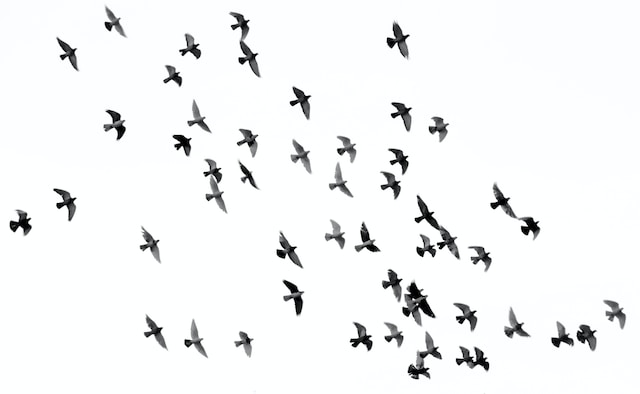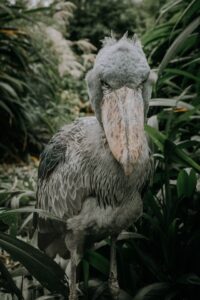
Migration Patterns of Birds: How Do They Know Where to Go?
Contents
You’ve heard the phrase “bird brains,” but did you know that birds are actually much smarter than most people think? Birds can learn to recognize colors and shapes, recognize their own young, and even use tools. While most birds are not migratory, some do migrate in order to find food, breed or avoid harsh weather conditions. About half of all bird species in the world migrate from one location to another at some point in their life cycle.
Northeast coastal fish, sea weed and crustaceans
While it’s not the same as migrating to a warmer climate, birds move to areas where there is food for them to eat. Birds that live along the northeast coastal fish, sea weed and crustaceans are able to find their food source in this region in the fall. The animals that make up this diet for birds include:
- Atlantic herring (Clupea harengus)
- Atlantic mackerel (Scomber scombrus)
- Atlantic salmon (Salmo salar).
The Biological Clock
It’s easy to forget that birds aren’t just the feathered creatures we see in the sky. They’re also creatures of the earth, and their migration patterns are influenced by many of the same factors that affect us humans. In fact, it turns out that birds have something called a “biological clock”–a set of cells in their brains that tell them when to sleep, eat, mate and migrate. This clock is controlled by something called the suprachiasmatic nucleus (SCN), which sits inside your hypothalamus (the part of your brain responsible for regulating hormones). The SCN is sensitive to light exposure: when light shines on it during daytime hours, it resets its own internal timekeeping system so that you know exactly when it should be time for bed or breakfast; conversely if there’s no daylight available then this will delay those processes until later on in life!
This means birds can use these cues as well as smell wind direction and air pressure changes from thousands upon thousands miles away from home before setting off on epic journeys across oceans or continents depending on where exactly they need go next year after breeding season has ended.”
Birds Migrate South in the Fall
Birds migrate to escape the harsh conditions of winter. They are also driven by a need for food, and some birds migrate because their habitat has changed.
Migration is one way that birds can ensure their survival as a species by spreading out over large areas, seeking new sources of food or avoiding predators. The timing of these journeys depends on the species, but most travel south in the fall and north again in springtime when temperatures become warmer (and thus more hospitable).
The question remains: How do birds know where to go? While we don’t know exactly how birds navigate during migration yet, many scientists think it involves an internal compass and visual cues from landmarks like mountains or coastlines–or both!
Birds Have Different Migration Patterns
Some birds migrate in flocks, while others migrate alone. Some birds migrate by night and some by day, but there are also species that migrate both by day and night.
Birds have a built-in biological clock that tells them when to migrate.
Some birds can sense changes in day length, which means they know when winter is approaching and it’s time to head south. Some birds use the earth’s magnetic field as their guide; they use this information to orient themselves during migration, just like a compass would do for us humans! Other species of birds rely on temperature changes as their cue–as temperatures drop, these birds will migrate southward so they don’t freeze on their way down!
Birds also use other cues such as smell or sounds from other animals (like frogs croaking) that signal it’s time for them too leave their homes for warmer climates
Conclusion
We hope this article has helped you understand why birds migrate and how they do it. We know that it’s not easy to wrap your head around all the different factors involved, but it’s important that we try! With so many species on Earth in danger of extinction, any information we can gather about their habits could help us protect them from harm and ensure their survival for years to come.



Average Rating